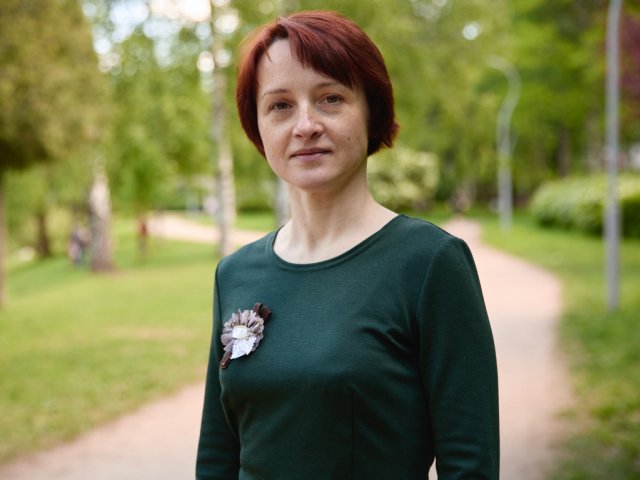On February 9, 1897, the first population census in the Russian Empire was held. It covered all the territories of the empire except the Grand Duchy of Finland. The census was conducted in the form of a universal survey of residents of all provinces in one day. The initiator was geographer and statistician P. P. Semenov-Tyan-Shansky.
Of course, censuses existed long before this day, but they were not universal. The Tatar Mongols alone counted the population of Russia three times. Attention to the accounting of the population increased during the reign of Peter I, as it became extremely necessary for financial and strategic plans.
First of all, such a measure helped to determine the percentage of the economically solvent population, so for a long time, the census records took into account only males. After all, the poll tax was imposed only on adult men. State censuses have been conducted in Russia since the decree of Peter the Great in 1718. Until the 1860s, this was quite sufficient. However, after 10 censuses of this kind, some provinces introduced local censuses, which differed significantly from each other in their goals, objectives, and level of elaboration.
The catalyst on the way to a general population census was the introduction of universal military service in the empire. It was necessary to calculate as accurately as possible how many men live in the country, as well as consider a number of other factors. The Ministry of Finance formed a commission that was supposed to collect proposals on possible options for the population census. Two projects of P. P. Semenov and von Buschen participated in the competition, but neither was accepted in its original form. This issue was postponed until better times.
In 1891-1892 there was a crop failure in the country. It was necessary to understand how many people needed food in order to establish food supplies. The issue of a general census, where not only the male population will be taken into account, became very acute. In 1895, the State Council approved a census for all residents of the Russian Empire.
For the general census, the main goals and objectives were formulated: to find out the number, composition, and local distribution of the population, as well as to cover all residents of the Empire “of both sexes, of all ages, solvency, religion, and tribe, both Russian subjects and foreigners.”
The census was conducted by individual households. Both permanent residents and those who were in the locality at the moment were taken into account. People were registered in special census forms, which were developed by the main census commission. According to the electronic archive, there were several census forms:
A – for farms in rural communities
B – for privately owned households (manors, hamlets)
C – for urban households
A/B – a general list for those who live not in the city (was used in Central Asia)
D – for the vagrant population.
There were also lists for the rural settled and nomadic population, urban population, general list, and military list.
The Main Census Commission was established to monitor the preparation and conduct of the census. Uezds and cities were divided into special census areas, determined either by the geographical boundaries of the uezds or by the estimated population. On the very day of the census, those responsible corrected the sheets already filled out according to preliminary data, which included: full name or nickname, marital status, relationship to head of household, gender, age, social rank, religion, birthplace, where registered, residence, native language, literacy, occupation, physical disabilities.
The filled-in sheets were delivered to the Central Statistical Committee, where the data was encoded and analyzed. The calculation took place with the help of Herman Hollerith’s electric calculating machines. But despite the help of technology, data analysis took 8 years of hard work. The results of the census were published gradually in accordance with the localities.
The 1897 census turned out expensive for the state. 7 million rubles were spent on its implementation. But the results were impressive – they fit into 89 volumes titled “The first general census of the Russian Empire in 1897.” According to the 1987 data, 125,640,021 people of both genders lived in the country.
150 thousand enumerators took part in the census, filling out more than 30 million forms. A special medal “For Work during the First General Population Census” was established, which was awarded to both men and women.
The article is based on open sources.
Фото на странице и на главной странице сайта: freepik / Фотобанк Freepik






















